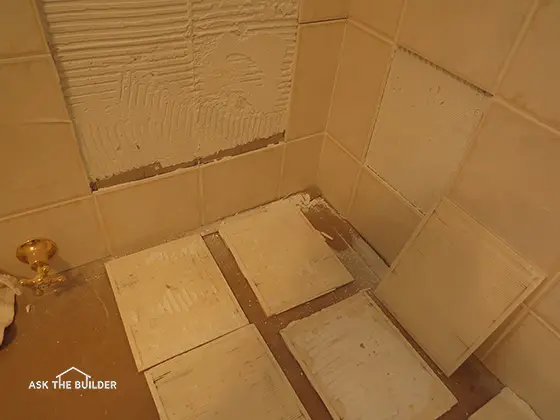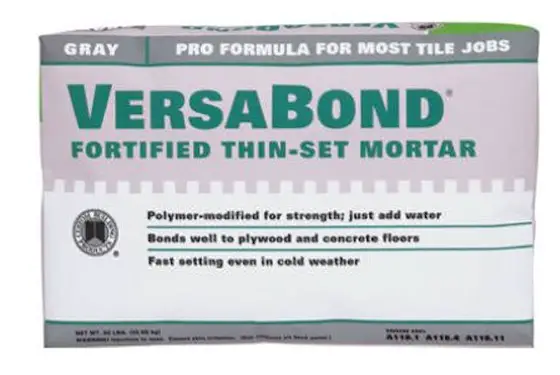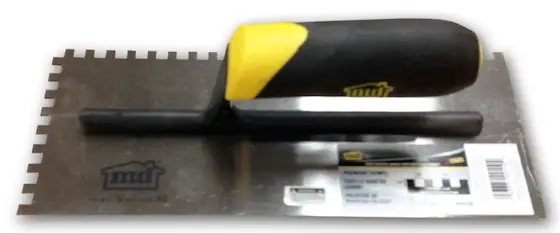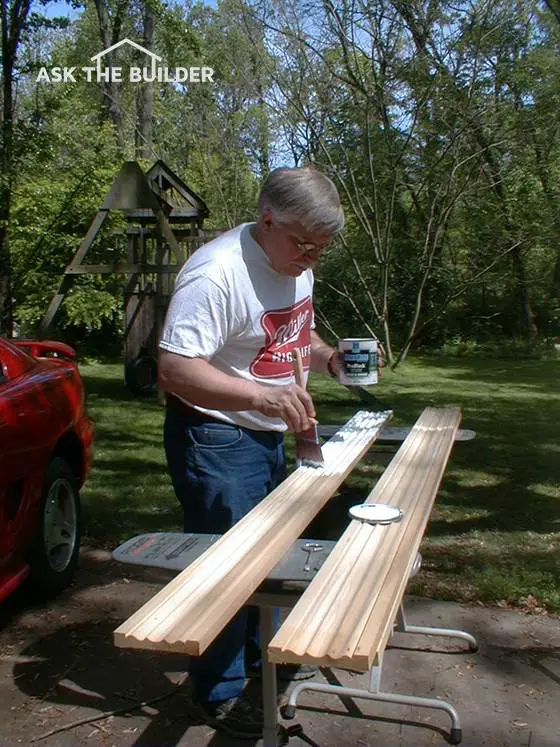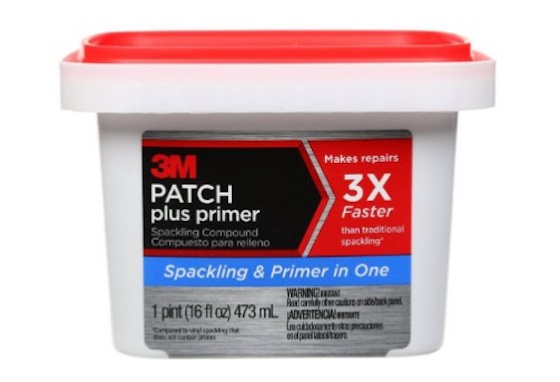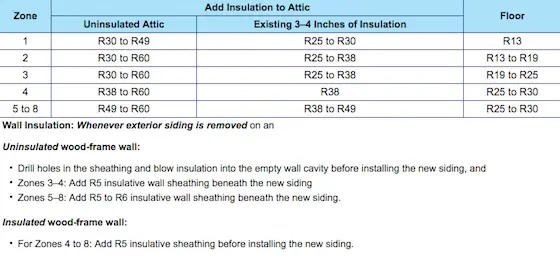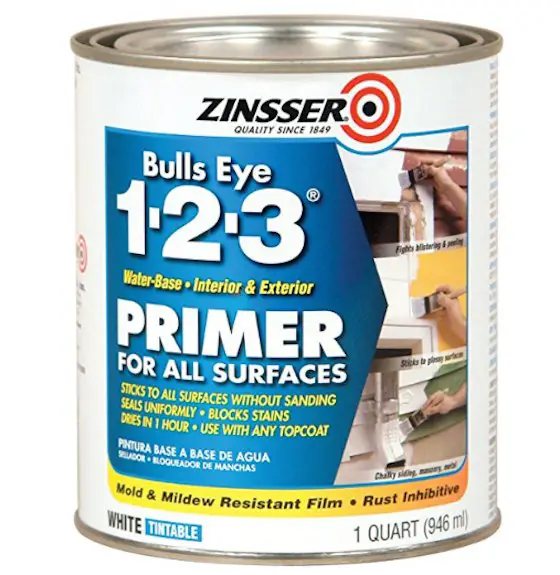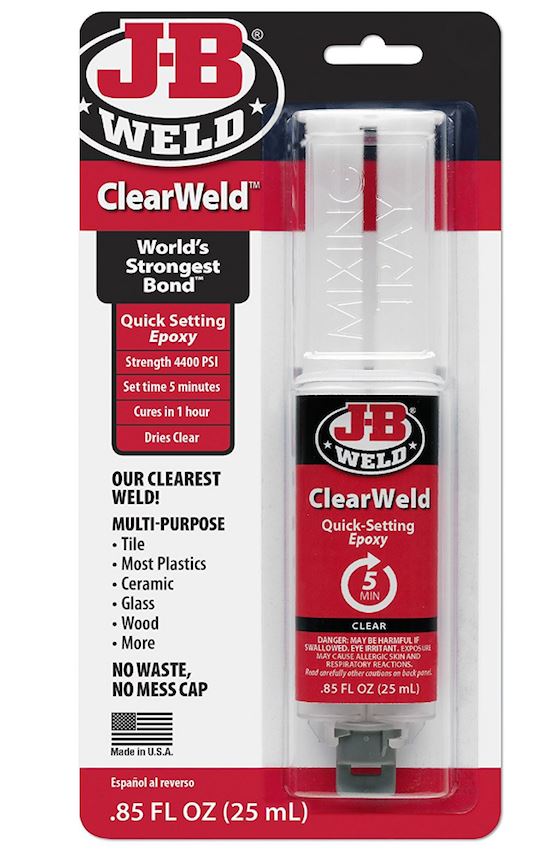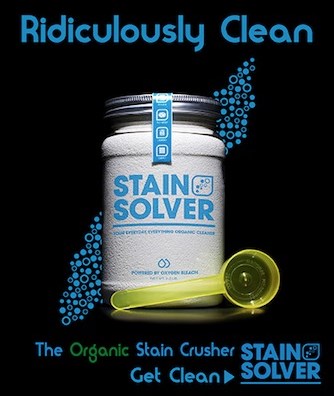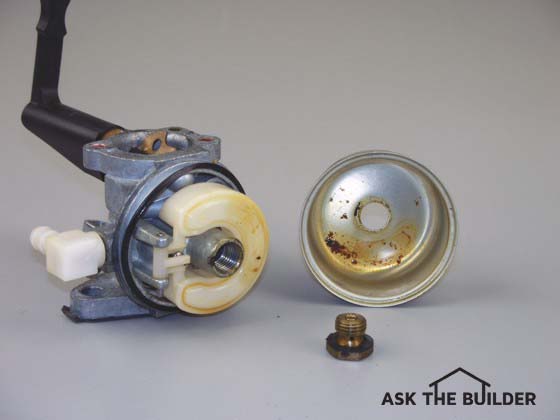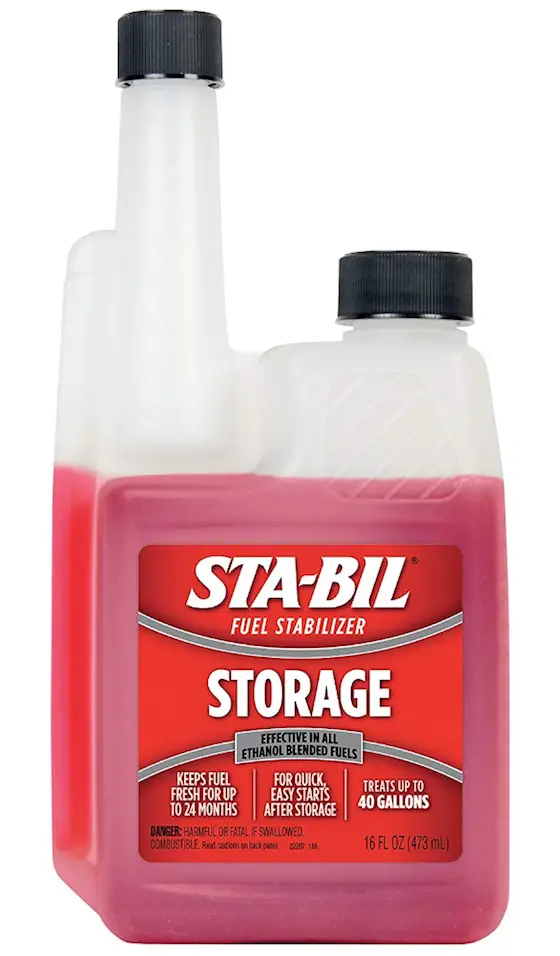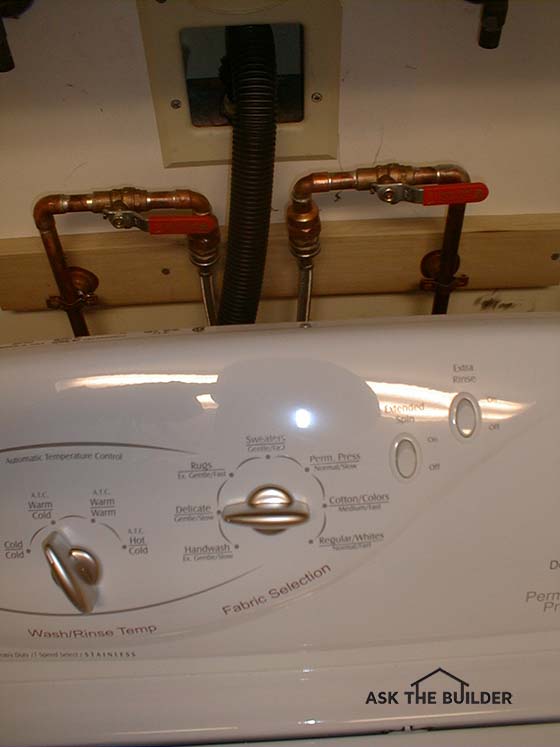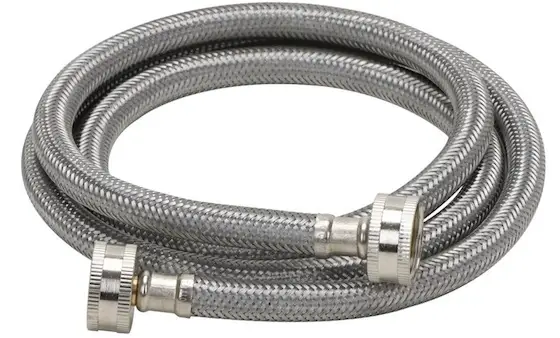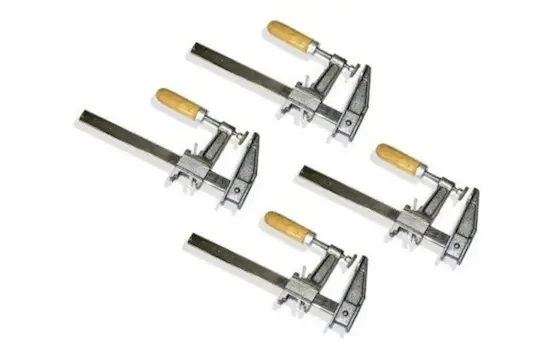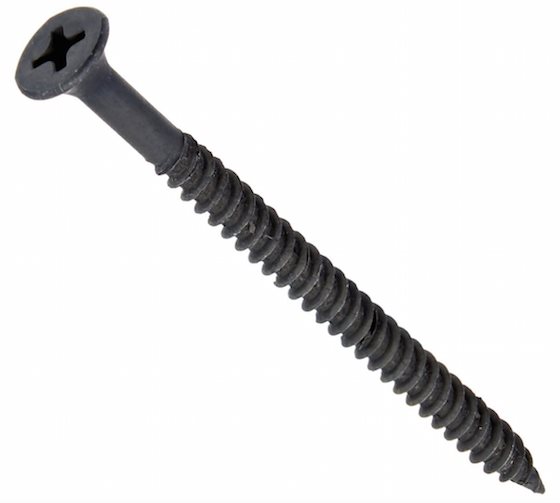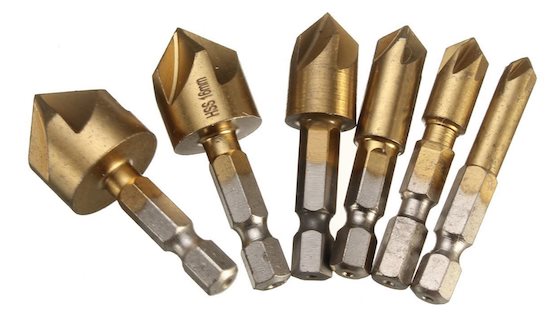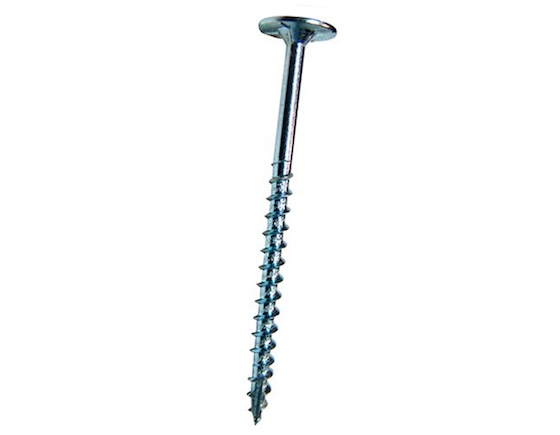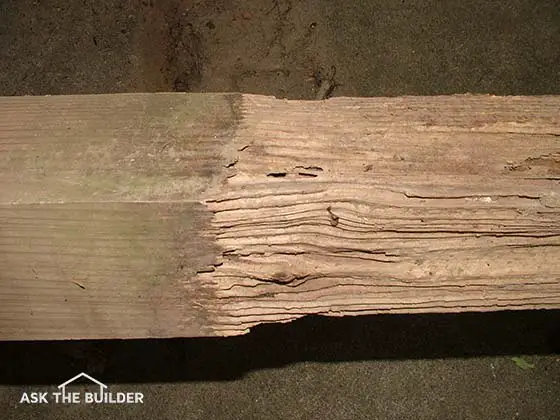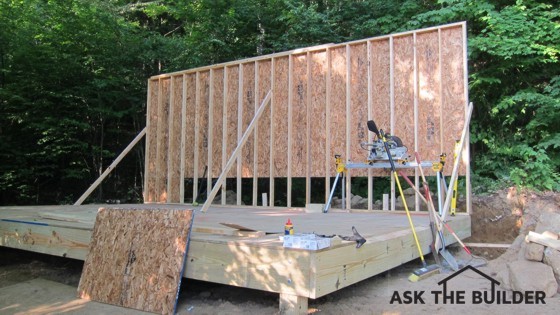
This large storage shed under construction has a treated wood floor system. It's just one possible option. ©2017 Tim Carter
Shed Floor Material TIPS
- Treated wood is great
- Concrete is the best
- WATCH videos below
- Insulate and vapor barrier
- CLICK HERE to Get Tim's FREE & FUNNY Newsletter!
DEAR TIM: I'm going to build a storage shed. Actually I'm building two sheds, as my wife wants her own cute garden shed.
I'm not able to get much help for these projects and am wondering what to do about the floor of each shed. I want them to be waterproof, but I can't even imagine pouring a concrete slab myself.
What are my options when it comes to building a shed with a waterproof floor that will stand the test of time? Al H., Asheville, NC
DEAR AL: I commend you on thinking ahead about the durability and longevity of your shed. All too often people just throw something together and fail to realize what things could look like 30 or 50 years down the road.
Wood & Water Bad Juju
The floor of the shed is absolutely important. You bet you want a floor that can handle water. You might bring in a dripping wet garden tractor covered with water. I used to pull my garden tractor into my shed caked with snow on the machine and the plow. When the temperature rose, puddles of water would be in my shed.
CLICK HERE to get FREE & FAST BIDS from local shed builders.
Your wife will probably want a sink in her shed that's fed by a garden hose. You know that water on the floor of that shed is going to happen like the sun is going to rise tomorrow.
Concrete Is Possible
I don't know how big your sheds will be, but if they're 10 x 12 foot in size or smaller, you can pour a concrete slab with ease if the following conditions exist.
If the concrete truck can pull up to the shed location eliminating the need to wheelbarrow the concrete, you'll be in great shape. Second, you have to have just one fairly unskilled laborer who'll help you for less than an hour place the concrete. Once the concrete has been poured, has been screeded and bullfloated, one man can easily finish a 10 x 12-foot slab.
Concrete Floor Video Series
Watch these following videos to see how easy it is to pour a small concrete slab.
Vapor Barrier
If you do decide you can tackle a concrete slab, be sure to put a high-quality vapor barrier under the concrete. You don't want water vapor from the soil permeating into the shed. Also be sure the slab contains reinforcing steel so the slab doesn't crack and break apart.
The best vapor barriers are cross-laminated virgin vinyl ones. I've had great success with Tru-Tuf. CLICK HERE to ORDER IT.
Treated Plywood
If you can't pour concrete, you can have a waterproof shed floor with little effort. The best part is that you can do this completely by yourself.
You can install a treated wood floor system that will not rot and will give you peace of mind for decades, if not longer. I've built sheds with concrete floors and treated wood floors and both have stood the test of time.
Treated Joists Too
A waterproof wood floor system for a shed starts with a floor framing system just like an outdoor deck. You use treated lumber floor joists that are raised up off the soil. I like to have at least 6 inches of air space between the bottom of the floor joists and the top of the soil.
This space allows foxes and other animals to keep mice away. It also allows you to deal with critters that might want to set up a homestead under the shed.
CLICK HERE to get FREE & FAST BIDS from local shed builders.
Closed Cell Foam
I then prefer to install closed-cell foam insulation in between the floor joists that's located just under the treated plywood that is nailed to the top of the floor joists.
The closed cell foam insulation provides superior energy savings and comfort in case you decide to heat the sheds.
It's also an amazing vapor barrier that stops water vapor from entering the shed through the floor. This water vapor can rust tools that you store in the shed.
Visit Real Lumber Yard
Many people don't realize you can purchase treated plywood. You rarely find this at home centers, but traditional lumber yards almost always stock this fantastic product. You'll need a extra sheet or two to make a low-slope ramp to get you in and out of the shed.
Concrete Piers
The entire floor system can rest on concrete piers that rise up out of the ground. You can also connect the wood floor system to wood posts that rest on concrete piers.
Be sure to use approved hold-down anchors to connect the floor system to the buried concrete footers. You don't want your shed tumbling across your yard in a severe windstorm.
Treated Lumber Bottom Plates
When I frame the walls of my sheds, I always use treated lumber for the bottom plates. This is necessary for concrete, but it's a best practice on a wood-floor system. The reason you want treated lumber for a bottom plate is because no matter what floor you have, it's possible for liquid water to flow across the floor and contact the bottom plate.
You never want the possibility of the bottom plate rotting out. Not only is it hard to replace this critical framing element, it's also very time consuming. The cost to use treated lumber vs. regular lumber is just a few dollars.
Shed Building Videos
You can get access to a series of videos that show you how to build a shed, including a wood floor system. Simply click on this link "shed videos".
I also have a complete set of step-by-step videos for building a shed. I completed the shed this year and videoed each step. The videos are broken down into the various aspects of the shed construction. The complete video series is available for purchase at my AsktheBuilder Store. Just click here for the Shed Building Videos.
CLICK HERE to get FREE & FAST BIDS from local shed builders.
Column 964
